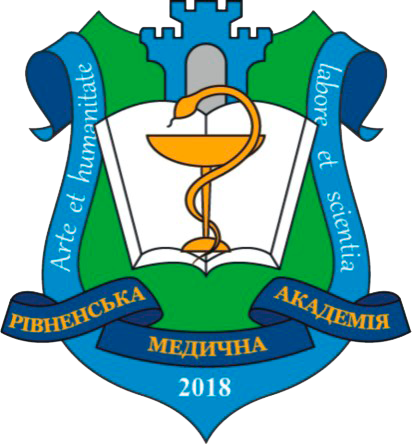TIME MANAGEMENT AS A METHOD OF IMPROVING THE EFFICIENCY OF MEDICAL PERSONNEL
DOI:
https://doi.org/10.32782/health-2025.1.31Keywords:
time management, Eisenhower Matrix method, Pomodoro method, GTD (Getting Things Done) method, ABC analysis, 3–2–1–0 formula, medical workers, work efficiency, quality of medical servicesAbstract
Time management occupies one of the key roles in the management of enterprises in any industry, and effective time management is the way to success. That is why the purpose of this work is to analyze the theoretical and methodological aspects of time management, as well as to improve approaches and practical recommendations for the implementation of time management technologies in the work of medical workers under increased workload. An analysis of the impact of rational time management on the efficiency of medical personnel was carried out by questionnaires of doctors and patients, as well as the level of dynamics of the indicator of operational activity in surgical departments after trainings.In the course of the study, the following methods of time management were used: the Eisenhower Matrix method, the Pomodoro method, method GTD(Getting Things Done), ABC-method, the 3–2–1–0 formula, the «found time» technique and many others.For healthcare professionals, a combination of several time management techniques is best because their work is dynamic, unpredictable, and requires quick decision-making. However, the employees of the health care institution noted the Eisenhower Matrix method and ABC analysis as the most optimal for application in this area. The use of the above methods increased patient satisfaction, reduced the shortcomings in the distribution of working hours of medical workers, reduced the risks of professional burnout, and also increased the level of functioning of the operating unit by 37.14 %.Taking into account all the obtained results and data, practical recommendations were developed regarding the key principles of effective time management: rational division of cases into urgent, important, secondary and those that can be delegated; use of digital technologies to optimize the work process; clear separation of working and free time, which allows you to avoid exhaustion.
References
Острянко Т. С. Критерії, показники та рівні сформованості часової компетентності майбутніх соціальних працівників. Збірник наукових праць Херсонського державного університету. Педагогічні науки. 2017. №. 80 (1). С. 235–239.
Прентис С. Інтегрований таймменеджмент : навч. посібник; пер. з англ. 2007. C. 288 .
Tracy Brian .Time management.-American Management Association. 2014. P. 104.
Fergus O’Connell .How to Get More Done: Seven Days to Achieving More. Prentice Hall. 2007. P. 224.
Колесов О. С., Вацьківська А. В. Таймменеджмент – управління часом. Збірник наукових праць ВНАУ. Серія: Економічні науки. 2011. Т. 3. № 2. С. 53.
Євтушенко Г. І. , Дерев’янко В. М. Аналіз стану управління робочим часом та шляхи підвищення ефективності застосування «таймменеджменту» в організації. Збірник наукових праць Національного університету державної податкової служби України. 2014. № 1. С. 88–96.
Холодницька А. В. Застосування технологій таймменеджменту в управлінні підприємством. Вісник Чернігів- ського державного технологічного університету. 2013. № 4 (70). С. 261–268.





